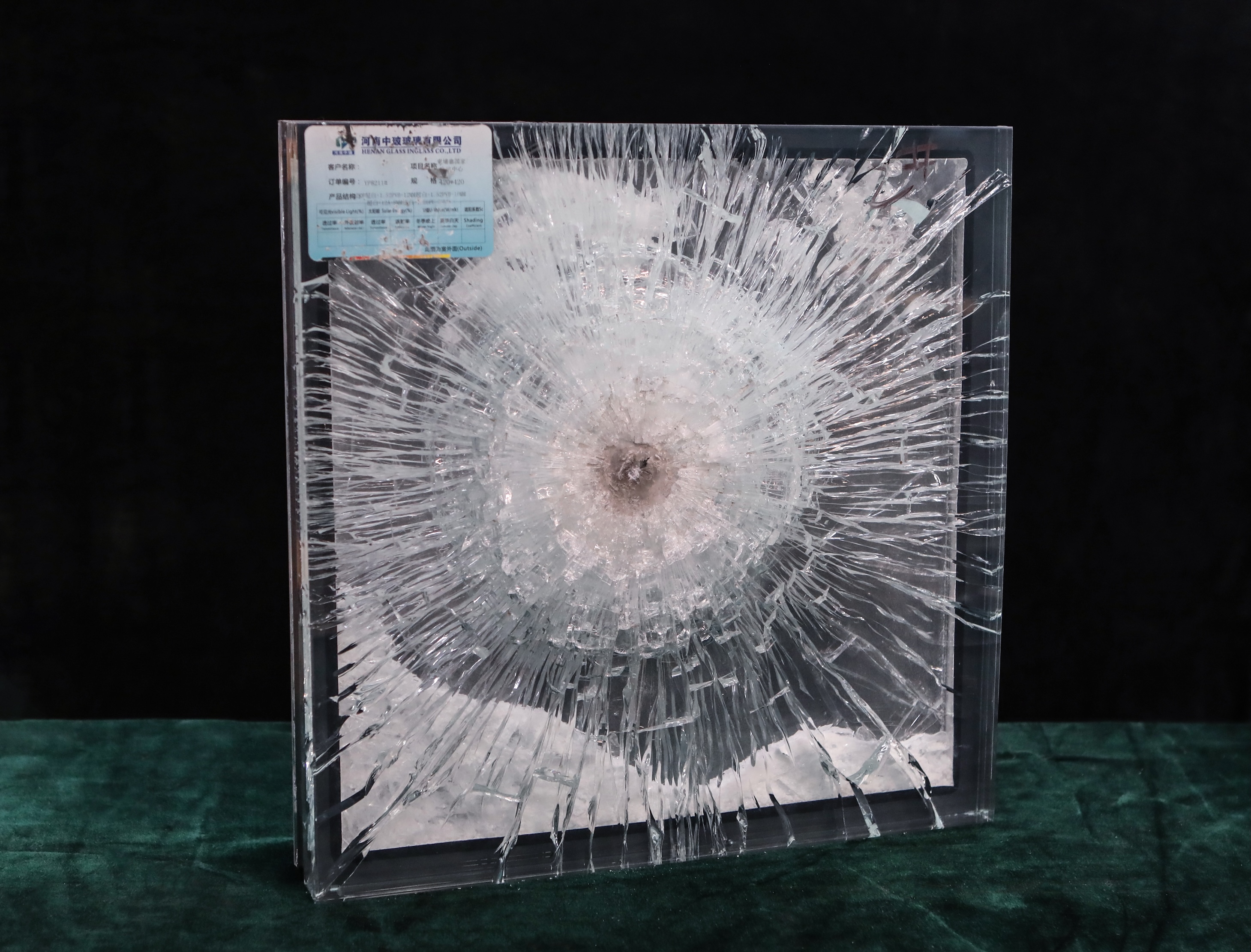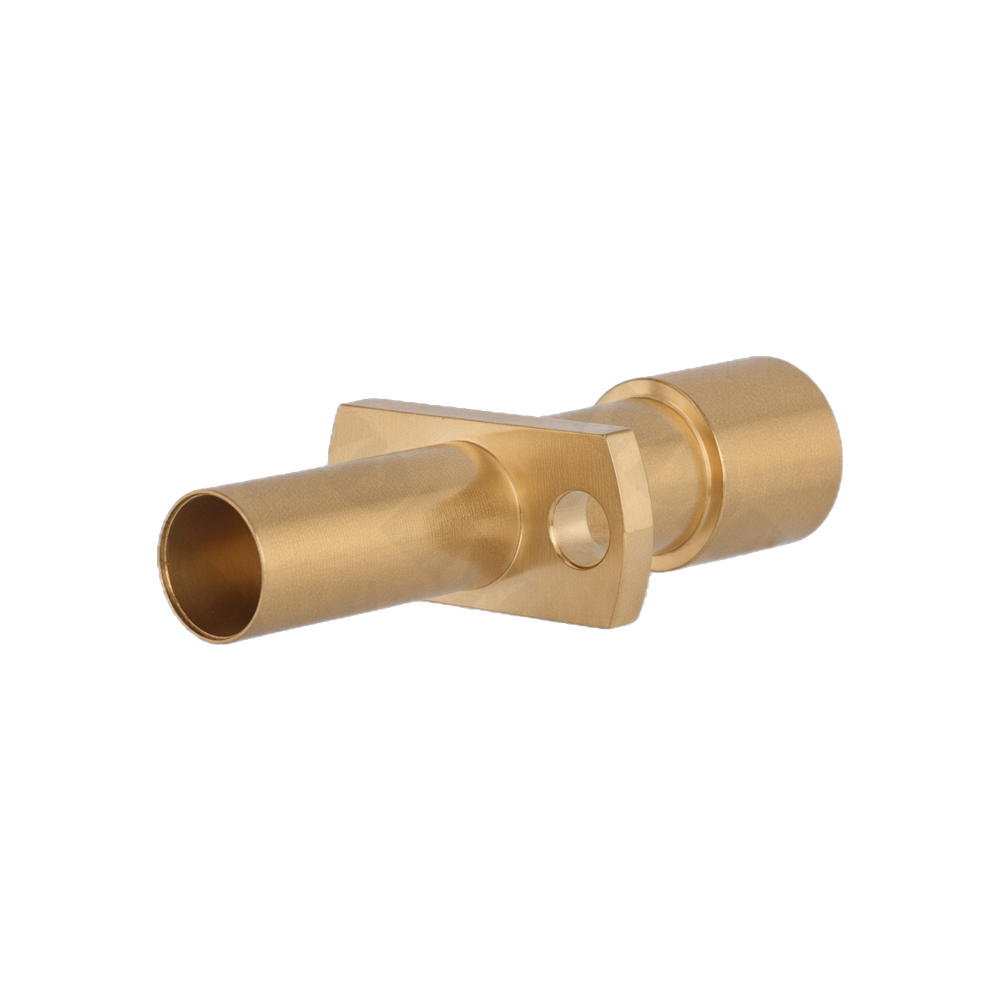Concrete is one of the most widely used construction materials globally, renowned for its strength, durability, and versatility. However, its inherent properties can pose challenges in various applications, particularly in terms of moisture management, thermal insulation, and surface protection. This is where the practice of placing plastic over concrete comes into play. In this article, we will delve into the multifaceted reasons for this approach, exploring its benefits, applications, and best practices.
- Moisture Control and Protection
One of the primary reasons for placing plastic over concrete is to manage moisture levels. Concrete is porous, which means it can absorb water and moisture from the environment. This can lead to several issues, including:
- Mold and Mildew Growth: Excess moisture can create an ideal environment for mold and mildew, which can compromise indoor air quality and pose health risks.
- Surface Damage: Water infiltration can lead to surface spalling, cracking, and other forms of deterioration, particularly in freeze-thaw cycles.
- Structural Integrity: Over time, moisture can weaken the concrete structure, leading to costly repairs and maintenance.
By covering concrete with plastic sheeting, builders can create a barrier that prevents moisture from penetrating the surface. This is particularly beneficial in areas with high humidity or where concrete is exposed to rain or snow.
- Thermal Insulation
Another significant advantage of using plastic over concrete is its thermal insulation properties. Concrete has a high thermal mass, which means it can absorb and retain heat. However, this can lead to temperature fluctuations that may not be ideal for certain applications, such as in residential or commercial buildings.
- Energy Efficiency: By placing plastic over concrete, builders can enhance the thermal performance of the structure. The plastic acts as an insulator, reducing heat loss in winter and keeping interiors cooler in summer. This can lead to lower energy bills and a reduced carbon footprint.
- Comfort: Improved thermal insulation contributes to a more comfortable indoor environment, making spaces more livable and reducing reliance on heating and cooling systems.
- Surface Protection and Aesthetic Enhancement
The aesthetic appeal of concrete can sometimes be a concern, particularly in architectural applications. While concrete can be finished in various ways, it may still require additional protection to maintain its appearance over time.
- Preventing Stains and Damage: Plastic sheeting can protect concrete surfaces from stains, spills, and physical damage during construction or renovation projects. This is especially important in high-traffic areas or where heavy equipment is used.
- Aesthetic Options: In some cases, colored or patterned plastic can be used to enhance the visual appeal of concrete surfaces, providing a cost-effective way to achieve a desired look without extensive finishing work.
- Cost-Effectiveness and Sustainability
Using plastic over concrete can also be a cost-effective strategy. The initial investment in plastic sheeting is relatively low compared to the potential costs associated with moisture damage, energy inefficiency, and surface repairs.
- Long-Term Savings: By preventing moisture-related issues and enhancing energy efficiency, the use of plastic can lead to significant long-term savings in maintenance and utility costs.
- Sustainable Practices: In an era where sustainability is paramount, using plastic sheeting can contribute to greener building practices. By reducing energy consumption and extending the lifespan of concrete structures, this method aligns with eco-friendly construction goals.
- Best Practices for Implementation
To maximize the benefits of placing plastic over concrete, it is essential to follow best practices:
- Choose the Right Type of Plastic: Not all plastics are created equal. Selecting a high-quality, UV-resistant plastic can ensure durability and effectiveness.
- Proper Installation: Ensure that the plastic is installed correctly, with seams sealed and edges secured to prevent moisture infiltration.
- Regular Maintenance: Periodically inspect the plastic covering for signs of wear or damage, and replace it as necessary to maintain its protective qualities.
Conclusion
In conclusion, the practice of placing plastic over concrete offers a myriad of benefits that extend beyond simple moisture control. From enhancing thermal insulation and protecting surfaces to providing cost-effective and sustainable solutions, this approach is a strategic choice for builders and property owners alike. By understanding and implementing this practice effectively, stakeholders can ensure the longevity and performance of their concrete structures while contributing to a more sustainable future.


